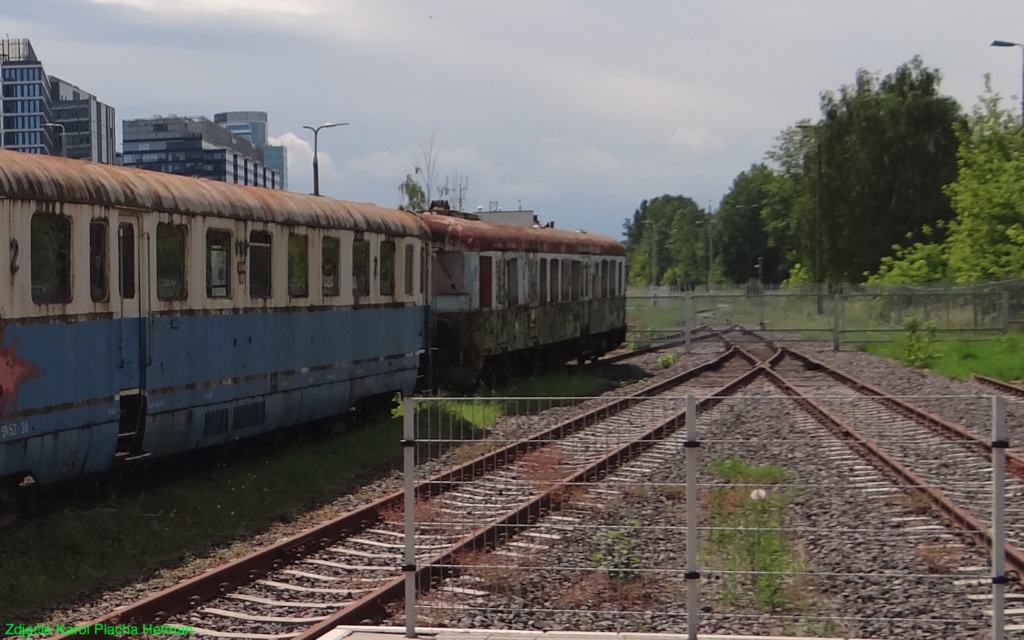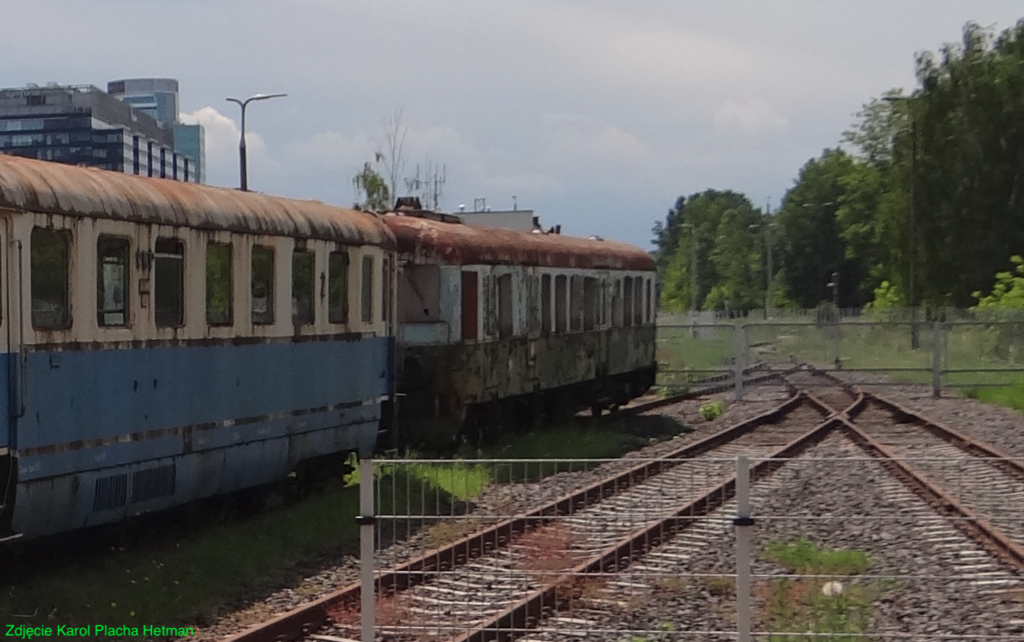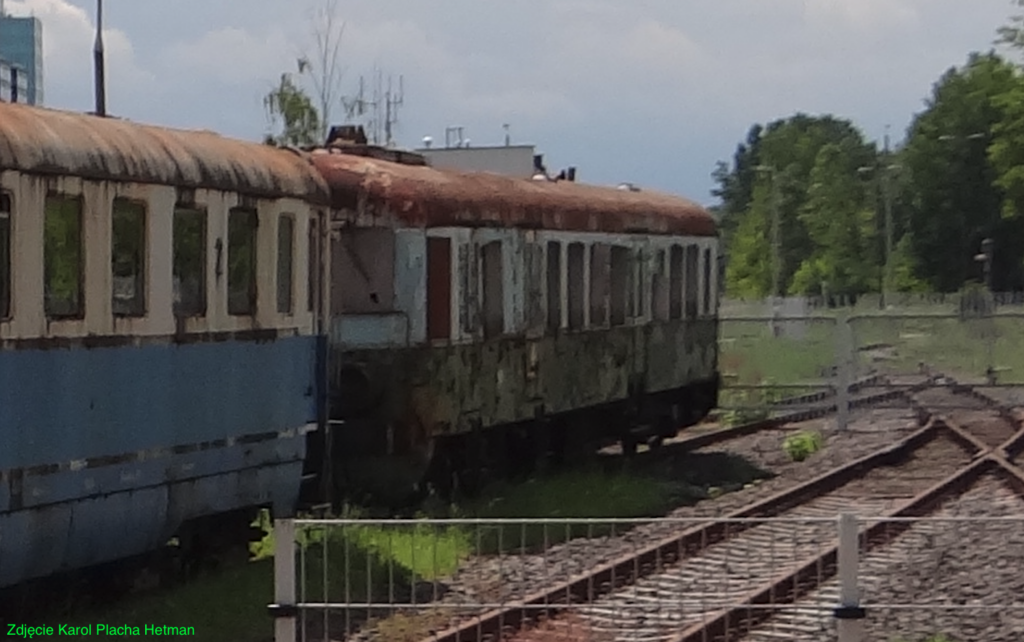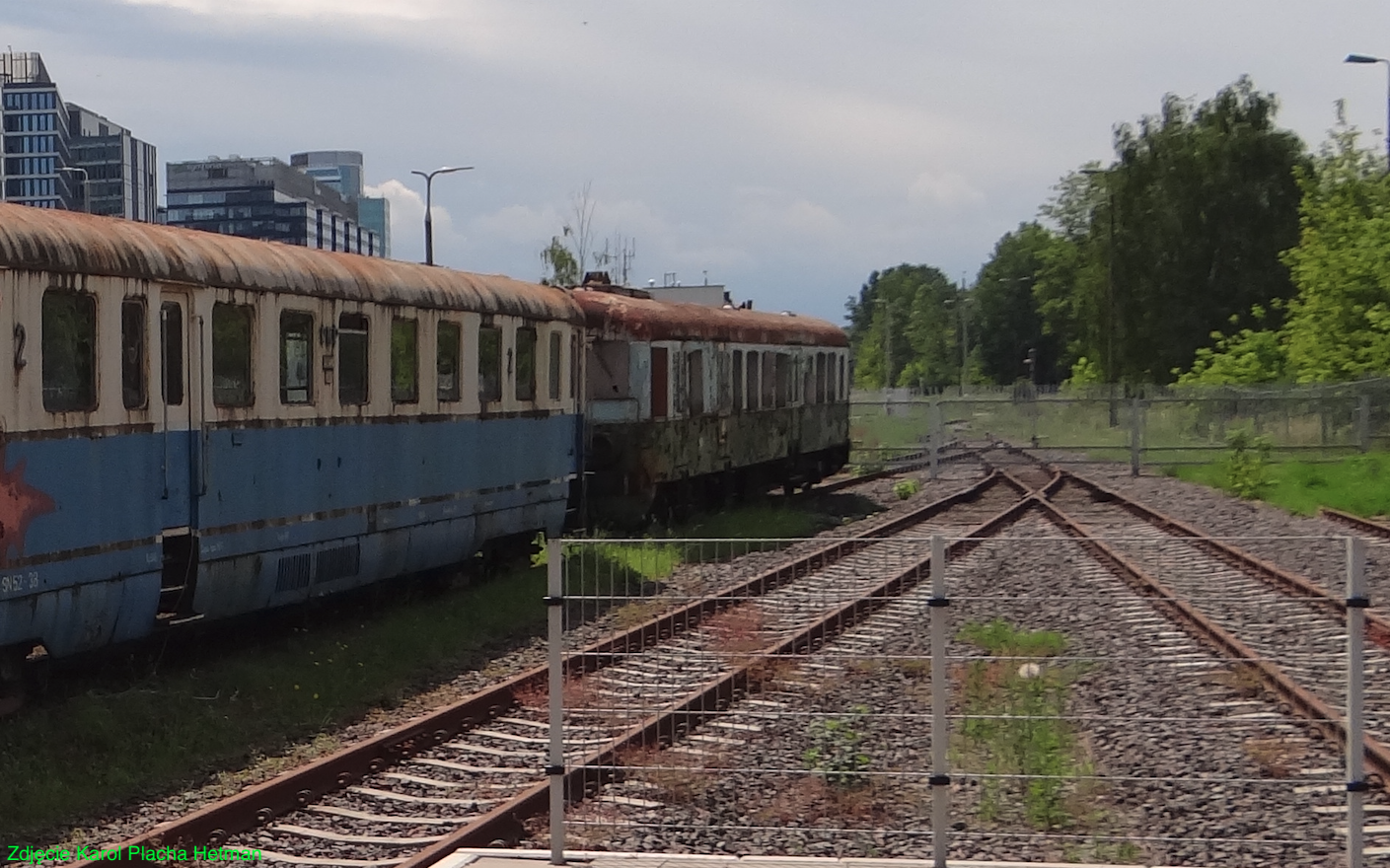Warszawa 2024-06-19
SN61 series motor wagons.
The SN61 is a railcar that was produced at the Ganz-MAVAG plant in Budapest, Hungary. The “Ganz vállalatok” company was founded in 1844, during the Austro-Hungarian Empire. It was named Ganz in honor of Ábrahám Ganz, a Swiss-born Hungarian engineer and iron producer. In 1959, during the times of socialist Hungary, the Ganz company was merged with the MÁVAG company – “Magyar Királyi Államvasutak Gépgyára”, i.e. the “Machine Factory of the Royal Hungarian State Railways”, which was founded in 1874. It is worth mentioning that in 1945, after the nationalization of Hungarian industry, the word “Royal” was removed from the name.
The Ganz-MÁVAG company in Poland is known for the supply of diesel locomotives of the SM40, SM41 series and motor wagons of the SN52, SN60 and SN61 series. Poland also bought Mávag buses, later Ikarus, from the Hungarian company.



The SN61 motor wagon was constructed to order and for the use of the Polish State Railways, based on the SN52 and SN60 motor wagons. The SN61 series motor cars were produced in Hungary from 1960 to 1975. A total of 250 wagons of this type were built and all of them were delivered to the Polish State Railways. During production, the wagons were modified. A significant change was the introduction of internal combustion engines produced in Poland; Will. These engines were installed in the last 50 units.
Most of the SN61 series wagons were in the Gdańsk locomotive depot (142 copies) as well as in; Warsaw (39 copies), Szczecin (37 copies), Kraków (19 copies), Poznań (8 copies) and Wrocław (5 copies).
A single SN61 power car can pull up to three trailer cars. The SN61 vehicle was used on non-electrified local lines with lower traffic intensity. Depending on the number of passengers, one, two or three passenger cars were attached. The wagon can operate in double traction, up to three wagons together, which was not practiced.
The good line speed of the SN61 power cars meant that they were used in fast trains with a moderate passenger flow. These wagons were more economical than steam traction. The introduction of HCP type 301D diesel locomotives of the SP45 / SU45 series into service resulted in the withdrawal of SN61 wagons from intercity traffic.
When Poland switched from steam to electric traction, more and more passenger cars were produced with electric heating systems. However, there were still many steam-heated passenger cars. Since the SN61 motor car had a Clayton RO 500 heating boiler, in winter long-distance trains (express and fast-fast, both forms are correct) were combined as follows: locomotive EU07 or ET22, SN61 motor car and 8-10 passenger cars. For example, trains ran this way on the route Warsaw – Kraków – Zakopane, or Kraków – Wrocław – Poznań – Szczecin. Importantly, the heating boiler heated the attached wagons, and the SN61 wagon itself was heated by the internal combustion engine system and with water from the cooling system.
The SN61 series motor cars were withdrawn from service in the early 1990s. Several copies have been preserved, including two fully functional ones. One in the Open-Air Museum in Chabówka SN61-168. The wagon has a classic painting, although a little faded: light green – dark green. The second SN61-183 is in Szczecin and was renovated in 2014. The wagon was painted yellow and green. There is another SN61-133 motor car in the railway museum in Warsaw, currently the “Museum Station”, but the vehicle requires restoration.
SN61 structure.
At both ends, the wagon has driver’s control stations and it is possible to multiple control up to three working wagons of this type. The SN61 wagon is not symmetrical. At the front, behind the cabin, there is equipment installed that is not available at the other end. Also in this part there is a powered bogie and at the other end there is only a rolling bogie. The diesel engine is placed in the wagon body. To suppress noise, the engine is covered with acoustic screens. This part also contains a fuel tank, a water tank for the boiler and electrical cabinets. Behind the machinery space is a luggage compartment with five seats. Next there are two passenger compartments separated by an entrance vestibule. The compartments are Class 2 and are normally divided into smoking and non-smoking rooms. There are 24 seats in each compartment. The layout, type of seats and interior arrangement are identical to those in the EN57 series carriage. The seats are medium soft and covered with leatherette. Metal (aluminum alloy) luggage racks are placed above the windows along the walls. There are six windows in each passenger compartment. In the further part of the carriage there is a heating compartment and a toilet. All parts of the wagon are separated by walls with sliding doors. Most of the interior is finished with plywood: painted on the ceiling and polished on the walls. The floor is made of wood and has a thick insulating layer and is covered with linoleum.
Even though the wagon has eight doors (four on one side and four on the other side), there is only one double door for passengers on each side, located closer to the middle of the wagon. They are double, but limited by a central stationary post. Only these doors have steps for entry from both low and high platforms. The rest of the doors have ladders.
T-T SN61 data:
The service weight of the wagon is 57,800 kg, and its total length is 24,215 m, width 2,960 m, height 4,120 m. Wheel diameter is 0.940 m. Design speed is 108 km/h. The wagon has 48 seats, plus 5 bench seats in the luggage compartment. The carriage can accommodate a maximum of 111 passengers. The wagon was constructed with a B’2′ axle system.
The drive bogie has a wheelbase of 3,800 m. The transmission from the mechanical transmission to the wheel axles is via cardan shafts. The rolling bogie has a wheelbase of 2,500 m and typical wagon suspension. The brakes are air. Compressed air tanks and a cabinet with batteries are placed under the wagon body.
The SN61 wagon has a single Ganz-Jendrassik 12-cylinder 12JV 17/24 diesel engine with an output of 500 hp (368 kW) at 1,250 rpm. The last 50 units of the SN61 series wagons were equipped with a Henschel engine with similar parameters. The power is transferred from the engine to the wheels using a mechanical transmission. The engine draws air from an air intake located on the roof. The engine exhaust is also placed on the roof.
SN61-133 motor car.
The SN61-133 power car was built at Ganz-MAVAG in Budapest, Hungary in 1969. The wagon was sent to work in the Gdańsk locomotive depot. He worked on the following lines: Gdynia, Bydgoszcz, Łeba, Lębork, Kartuzy, Pruszcz Gdański. The wagon ended its service in Chojnice. In 1996, the wagon was classified as a technical exhibit and was sent to Warsaw. In 2009, the SN61-133 wagon was sent to the locomotive depot in Ełk, where attempts were made to create an open-air railway museum. The wagon was to be used for retro trains, as an active exhibit. The open-air museum was not built and the wagon was dragged to the locomotive depot in Białystok in 2010. The wagon was owned by PKP Cargo. In 2022, after long negotiations, a decision was made to donate the wagon as an exhibit to the “Stacja Muzeum” in Warsaw. The transport of the wagon from Białystok to Warsaw began on December 16, 2022. The transport was handled by AXEL-RAIL. The wagon was officially introduced to the open-air museum on December 22, 2022. Currently (2024) the wagon is in poor technical condition. It has damaged windows that have been covered with chipboard or sheet metal. The painting of the wagon is damaged.
Written by Karol Placha Hetman
